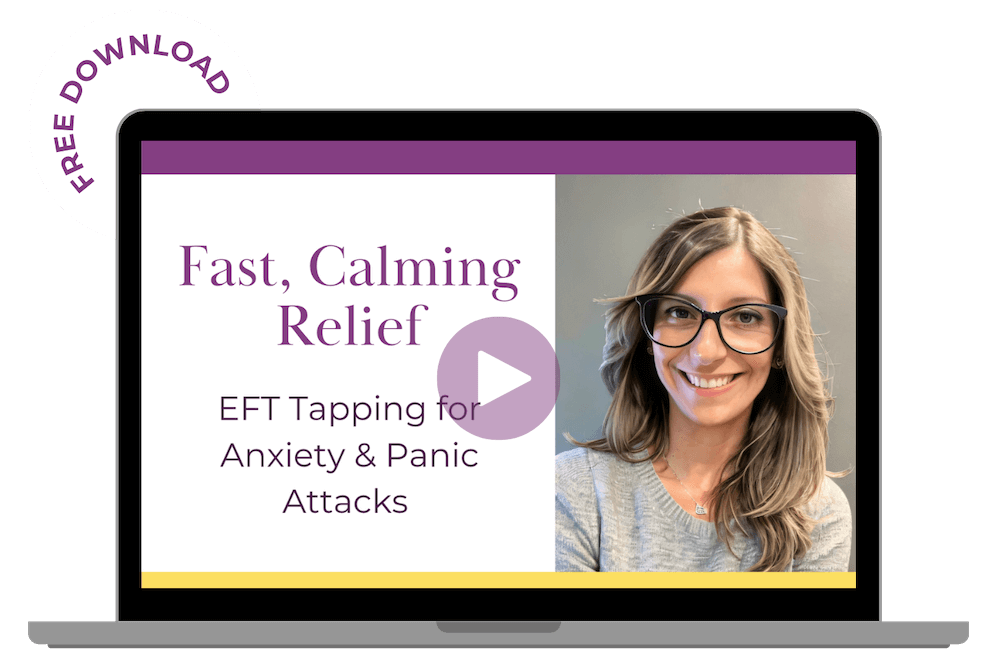Facing a panic attack is like being caught in a storm at sea — the experience can be both profoundly disorienting and terrifying. While many discussions focus on the mental and emotional toll of panic attacks, it’s crucial to shed light on their physical manifestations, which can be just as bewildering and distressing.
Unraveling the Physical Symptoms
- Intense Heart Palpitations: One of the hallmark symptoms of a panic attack is the feeling that your heart is racing uncontrollably, which can be a profoundly unsettling experience.
- Difficulty Breathing: Many report a sensation of being unable to take a full breath, as if the air itself becomes scarce.
- Dizziness and Nausea: These symptoms can add to the disorientation, making it difficult to maintain balance or keep food down.
- Overwhelming Sensation of Heat or Cold: Sudden waves of heat or chills can sweep over one’s body, further adding to the discomfort.
Statistics and Facts
According to research, approximately 2-3% of Americans experience panic disorder in a given year, with the physical symptoms often leading to visits to the emergency room under the belief of a heart attack. This confusion underscores the intensity of the physical sensations that accompany a panic attack.
A Personal Journey Through the Physical Maze
In my own encounters with panic attacks, the physical symptoms were initially the most confusing and frightening aspect. The pounding heart, the shortness of breath — at times, it felt as though I was on the brink of a medical crisis. Over time, I’ve learned to recognize these manifestations for what they are: signals of an underlying anxiety disorder, not signs of immediate physical danger.
Nurturing Tips for Managing Physical Symptoms
- Deep Breathing Techniques: Learning to control your breathing can help mitigate the intensity of heart palpitations and breathlessness.
- Grounding Exercises: Simple techniques, such as touching a piece of fabric or holding a cold object, can help divert your focus from the panic and anchor you to the present moment.
- Regular Physical Activity: Engaging in exercise can help reduce the frequency and severity of panic attacks by lowering overall anxiety levels.
- Seek Professional Help: A therapist can provide tailored strategies for coping with the physical aspects of panic attacks and address the underlying anxiety.
A Compassionate Reminder
If you’re struggling with the physical symptoms of panic attacks, know that you’re not alone, and you’re not without help. Understanding and acknowledging these symptoms can be a powerful step towards regaining control. Remember, your body is responding to perceived threats in a hyper-vigilant way, but through patience, practice, and professional guidance, it’s possible to soothe the physical manifestations and find a path towards calm and stability.
Your experience, with its ups and downs, contributes to a broader understanding of panic attacks and mental health. By sharing and seeking support, we can collectively shine a light on the invisible weight of panic attacks, making the burden a little lighter for all who carry it.







